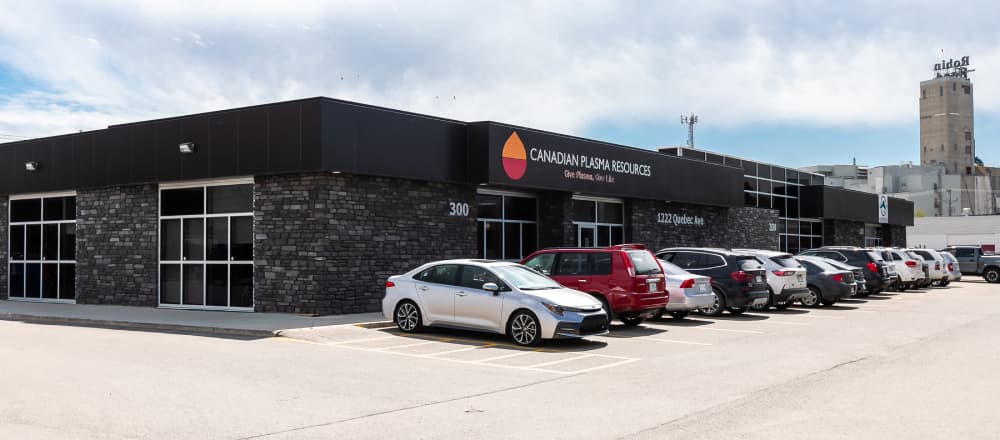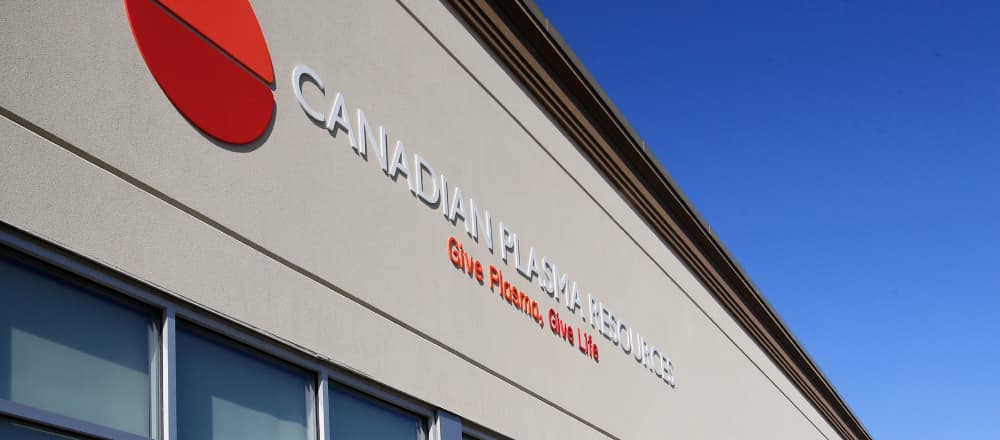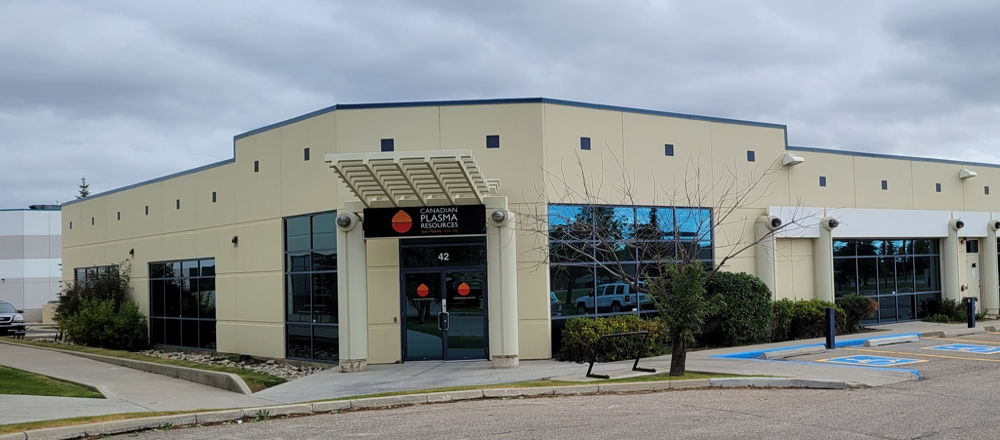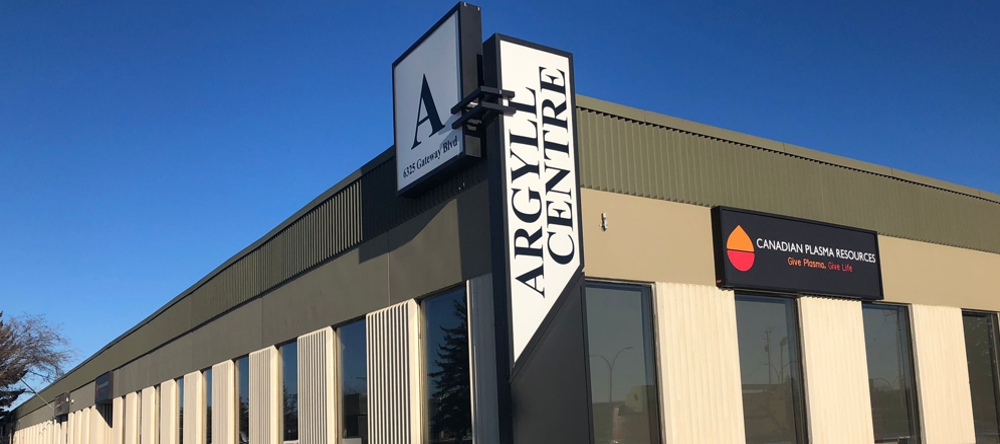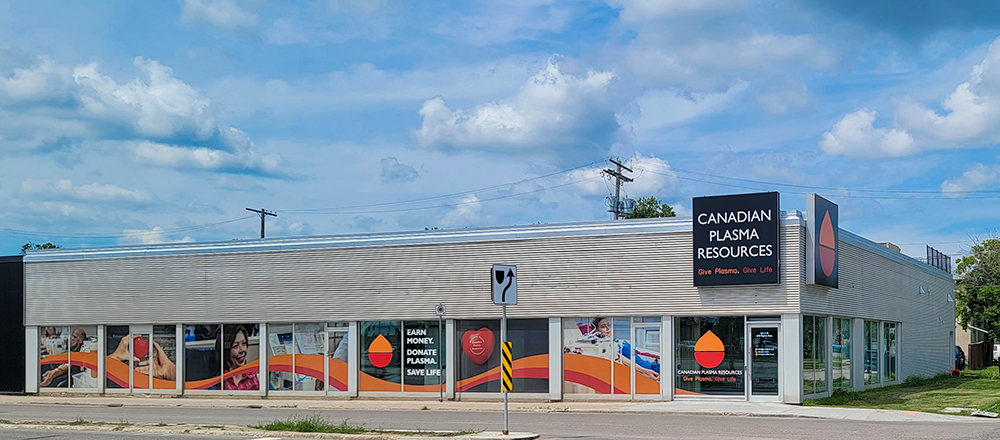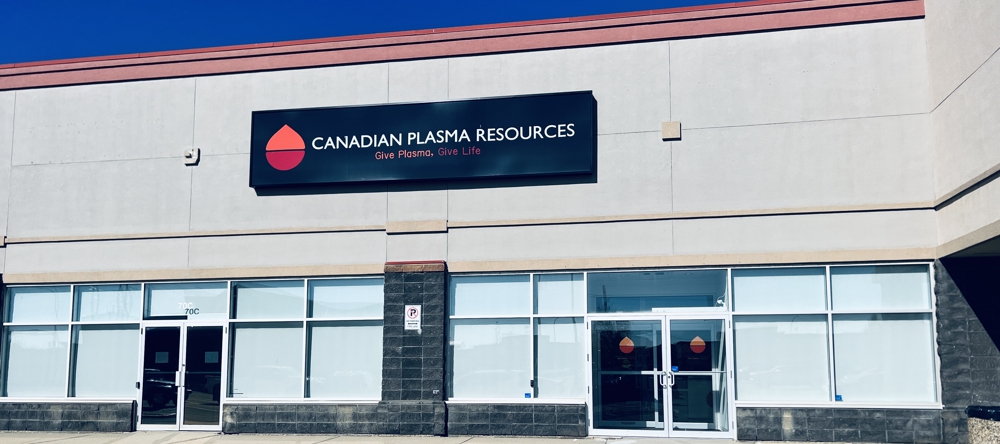A Brief History of Apheresis Machines
May 28, 2020
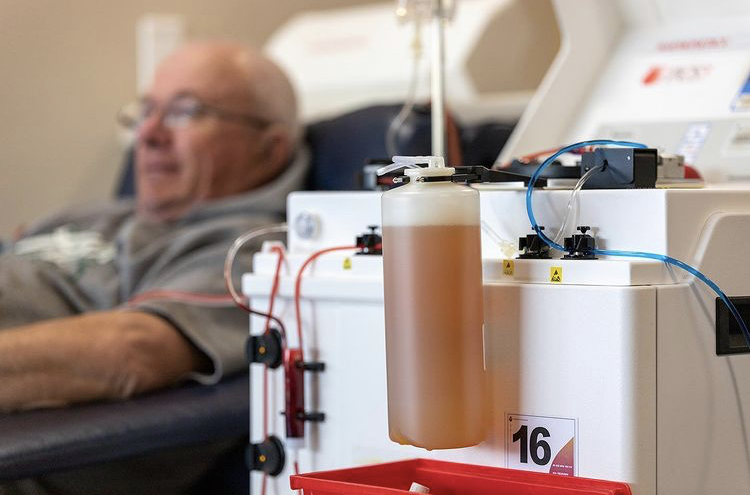
The apheresis machine is a revolutionary invention that has helped streamline the plasma donation process. If you’ve donated plasma, you’ve probably come in close contact with this machine, but not many people are aware of its origins. Read on to find out more about the history of apheresis machines and how they’ve forever changed the healthcare industry.
What Is an Apheresis Machine?
An apheresis machine is a medical device that receives blood from a donor’s body and separates it into its individual components: white blood cells, red blood cells, platelets, and plasma. This apparatus is used for donation purposes and in therapeutic procedures. Depending on the reason behind apheresis, blood components can either be isolated and collected or returned to the body.
When an apheresis machine is being used for the purpose of plasma donation, the procedure is referred to as “plasmapheresis”. During plasmapheresis, donors are intravenously connected to an apheresis machine that draws whole blood, separates plasma from other blood components, and returns non-plasma components to donors’ bodies. It typically takes around 50 minutes for this process to complete.
The Invention of Apheresis Machines
Prior to the invention of the apheresis machine in 1972, blood had to be collected and mechanically separated into its various components to treat specific medical conditions. This arduous process required a lot more blood to be donated in order to treat a patient with the blood component they required.
Thankfully, in the ‘60s a man by the name of Herb Cullis came along and began working on a machine that would revolutionize the blood donation process. Cullis was an American medical technologist who knew he wanted to use his skill set to help others ever since he began his studies at the University or Maryland. In 1965, Cullis got the opportunity to do just that when the American Instrument Company hired him and tasked him with building a machine that draws blood from donors, separates platelets out, and returns remaining blood components.
By 1972, Cullis was able to successfully build the first blood separator, Fenwal CS3000™, with seven other team members. The term “apheresis”, a Greek word for “to separate”, was coined thanks to Cullis’ work and started to be used as a clinical term in 1979.
The Fenwal CS3000™ has since been distributed worldwide, and Cullis considers it to be his most important invention to date. He received the Dale Smith award from the American Association for Blood Bankers in recognition of his achievement.
The Impact of Apheresis Machines on Plasma Donations
Apheresis machines have made it possible for plasma donors to donate more frequently than they otherwise would have been able to. It also allows plasma collection facilities to collect an overall greater amount of plasma per donation session. Since hundreds of plasma donations are typically required to treat just one patient with an immune disorder or autoimmune condition, this capability has far-reaching impacts.
At Canadian Plasma Resources, we use apheresis machines every day at our donation centres, and we’ve seen firsthand how amazing these devices are. In this time of need, we’ve decided to expand the use of our apheresis machines and collect plasma that can be used to help find a potential treatment.
If your plasma does not contain the antibodies to SARS-CoV-2 required to manufacture a potential treatment, it will still be used to create life-saving therapies for immunocompromised patients. Book your next appointment at a Canadian Plasma Resources centre near you to help vulnerable patients during this especially challenging time.

